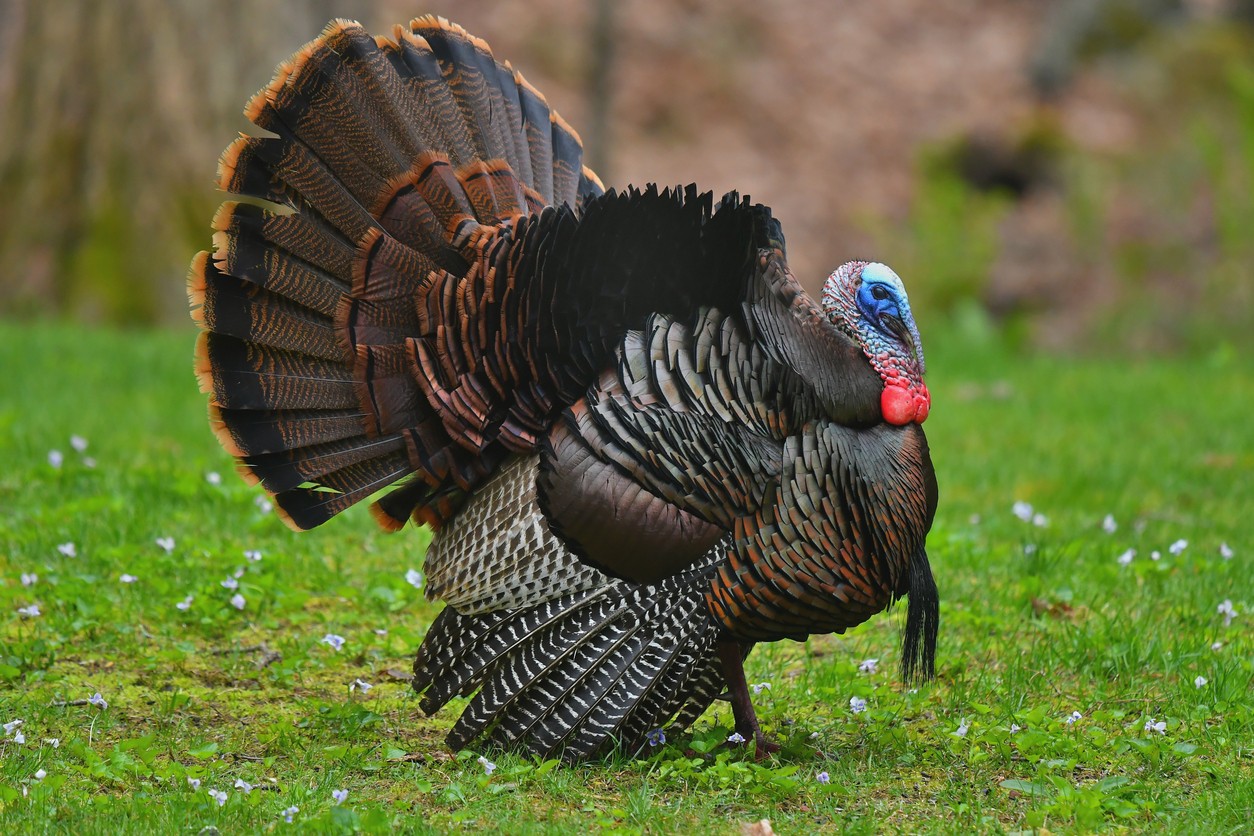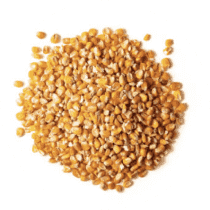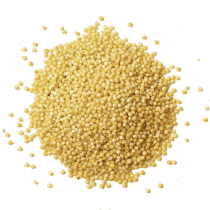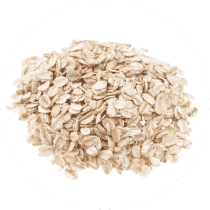Wild Turkey
A species of Turkeys, Also known as Thanksgiving Dinner, Turkey Scientific name : Meleagris gallopavo Genus : Turkeys
Wild Turkey, A species of Turkeys
Also known as:
Thanksgiving Dinner, Turkey
Botanical name: Meleagris gallopavo
Genus: Turkeys
Content
Description People often ask General Info

Description
The wild Turkey and the Domestic turkey are actually the same species, but while domesticated turkeys are usually bred to be white in color, the wild ones are brown and black. Although it's a heavy, ground-dwelling bird, its wings are quite powerful in short bursts, allowing the wild Turkey to reach speeds up to 60 miles per hour. Formerly widespread across North America, the species now inhabits only scattered areas due to over-hunting and habitat destruction.
Size
94 - 117 cm
Life Expectancy
1.3-13 years
Nest Placement
Ground
Clutch Size
4 - 17 eggs
Incubation Period
1 brood
Number of Broods
25 - 31 days
Nestling Period
1 day
Feeding Habits
Wild Turkey forage on the ground or climb vegetation for diverse plant matter, including acorns, seeds, nuts, and berries. In harsh conditions, they eat buds and ferns. Spring may see them consume plant bulbs. Omnivorous, they also eat insects, salamanders, and small reptiles, with poults favoring insects, seeds, and berries.
Habitat
Wild Turkey are commonly found in hardwood and mixed conifer-hardwood forests that feature clearings such as pastures and fields. They thrive in varied environments from mature oak-hickory and humid forests in the northeast to pine and magnolia-dominated forests in the Southeast. In the Southwest, these birds inhabit grassy savannahs with oak, while in Alberta, their range spans between pinyon-juniper and ponderosa pine forests. They require environments that provide ample forest coverage with openings for foraging and are distributed across 49 states, Mexico, and parts of Canada.
Nest Behavior
Wild Turkey's nesting period involves scratching out a shallow depression by the female. Laying occurs once daily until a clutch of 10-12 eggs is reached, with incubation lasting about 28 days primarily by the female.
Nest Characteristics
Wild Turkey nests are ground-based, in leaf litter near tree bases, brush, or shrubberies. They may also be found in open fields. The nest is a shallow depression, around 1 inch deep and 8-13 inches wide, with existing plant debris.
Dite type
Omnivorous
People often ask
General Info
Feeding Habits
Bird food type

Black Oil Sunflower Seeds

Hulled Sunflower Seeds

Safflower

Cracked Corn

Millet

Oats

Milo
Bird Feeder Type

Platform

Ground
Behavior
Wild Turkey display a variety of daily behaviors, including walking as their primary mode of transportation, with the capability to run and fly when endangered, females typically taking flight and males opting to run. At dusk, they seek refuge in trees, progressively ascending to higher roosts, where they may convene in flocks or roost alone. Their interaction during mating involves males gobbling to attract females and deter rivals, and engaging in an elaborate strut with fanned tails and nonvocal sounds. The breeding process sees males mating with numerous females and forming male-only groups subsequently, as females manage chick care. Offspring cohorts often merge, forming substantial juvenile flocks under the supervision of several adult females. Hierarchies are evident, with females maintaining a consistent pecking order and males experiencing a fluid status hierarchy. Various predators, including both wildlife and humans, threaten wild Turkey, necessitating vigilant anti-predator tactics.

